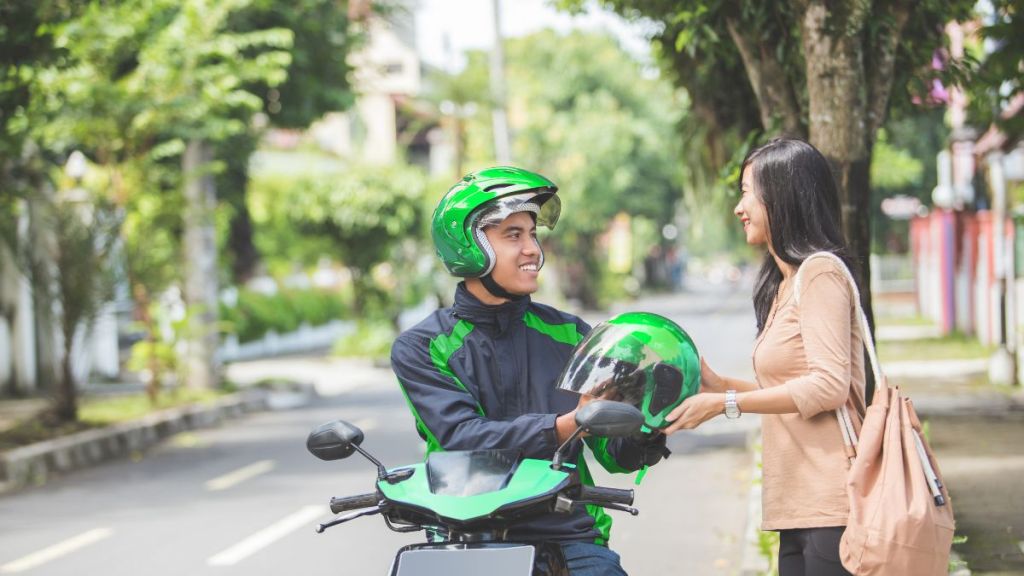The government has for the first time allowed private motorcycles to ply bike taxi services on ride-hailing aggregator platforms across India, with the ministry of road transport and highways notifying revised Motor Vehicle Aggregator Guidelines 2025.
The new framework gives state governments discretionary authority under sub-section (3) of Section 67 of the Motor Vehicles Act to allow aggregation of motorcycles licensed for personal use also. The move is expected to result in reduced traffic congestion and vehicular pollution, along with providing affordable passenger mobility, hyperlocal delivery, creating livelihood opportunities.
Under Clause 23.3, states “may impose fees on the aggregator for issuance of authorisations permitting “non-transport (private non-commercial) motorcycles” to undertake journeys through such aggregator, on a daily/weekly/fortnightly basis, as may be determined by the State Government.” However, the fee imposition itself is discretionary, with states having the option but not the obligation to charge such fees.
The provision could potentially legalise bike-taxi services like those offered by Rapido, Ola, and Uber, which have long operated in regulatory grey areas. However, actual implementation depends entirely on individual state government decisions to exercise this new authority.
All drivers onboarded for non-transport motorcycle services must satisfy the same compliance requirements as other aggregator drivers, including police background verification at least seven days prior to onboarding, medical examinations including eye check-ups, psychological analysis, minimum Rs 5 lakh health insurance, Rs 10 lakh term insurance, and completion of mandatory 40-hour induction training programs.
The bike taxi provision is part of broader revisions to the aggregator guidelines, which the ministry said were necessitated by “rapid and significant change” in India’s shared mobility ecosystem since the original 2020 framework was introduced. The ministry cited rising demand for bike-sharing, electric vehicles, and auto-rickshaw rides as factors that have “widened the consumer base.”
Under the revised framework, aggregators will pay a license fee of Rs 5 lakh for new licenses and Rs 25,000 for renewals, with security deposits ranging from Rs 10 lakh for fleets up to 100 buses or 1,000 other vehicles, to Rs 50 lakh for fleets exceeding 1,000 buses or 10,000 other vehicles. Licenses remain valid for five years.
The guidelines mandate significant driver welfare improvements. Aggregators must provide minimum Rs 5 lakh health insurance and Rs 10 lakh term insurance for each driver, with annual increases as notified by the central government. All drivers must complete 40-hour induction training programs combining in-person and virtual sessions, covering app usage, traffic rules, first responder training, gender sensitivity, and disability awareness. Annual refresher training is mandatory, with quarterly training required for drivers whose ratings fall below the 5th percentile.
Technology and safety requirements have been strengthened considerably. Apps must be available in English, Hindi, and the official state language where Hindi is not the state language. Aggregators must obtain cybersecurity certification from firms recognized and empaneled by CERT-In. Data including journey details, passenger information, and fare details must be stored as per applicable law, including the Digital Personal Data Protection Act, 2023.
All aggregators must establish 24×7 control rooms to monitor vehicle movements and maintain uninterrupted contact with onboarded vehicles. They must also operate 24×7 call centers providing assistance in English and the official state language. All vehicles must be fitted with functional vehicle location tracking devices compliant with AIS 140 standards, along with panic buttons connected to the aggregator’s control room.
The guidelines introduce mandatory electric vehicle targets, stating that aggregators must “mandatorily adhere to targets fixed for inclusion of electric vehicles in their fleet.” These targets will be set by appropriate government organizations responsible for regulating air quality or by state governments. Separately, state governments may direct aggregators to incrementally increase the percentage of electric, alternate fuel, or zero-emission vehicles in their fleets on an annual basis.
Accessibility requirements mandate that apps include special features for Divyangjan (persons with disabilities), while state governments must determine adequate numbers of disability-friendly vehicles to be proportionately included in aggregator fleets.
The fare regulation framework establishes base fares set by state governments for a three-kilometer minimum distance to compensate for “dead mileage” including distance traveled without passengers and fuel used for pickup. Dynamic pricing is permitted between 50% below the base fare to a maximum of twice the base fare.
For fare distribution, drivers using their own vehicles must receive at least 80% of the applicable fare, while those using aggregator-owned vehicles must receive at least 60%. Payments may be settled daily, weekly, or fortnightly as per agreements between drivers and aggregators.

